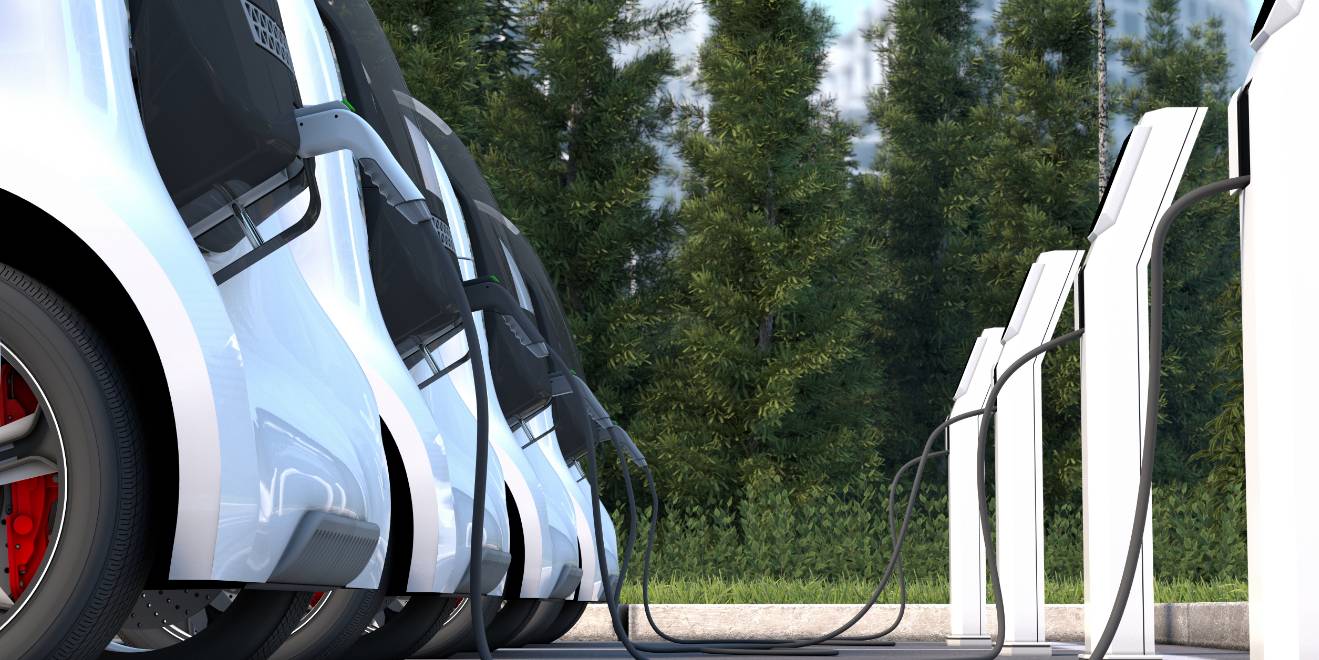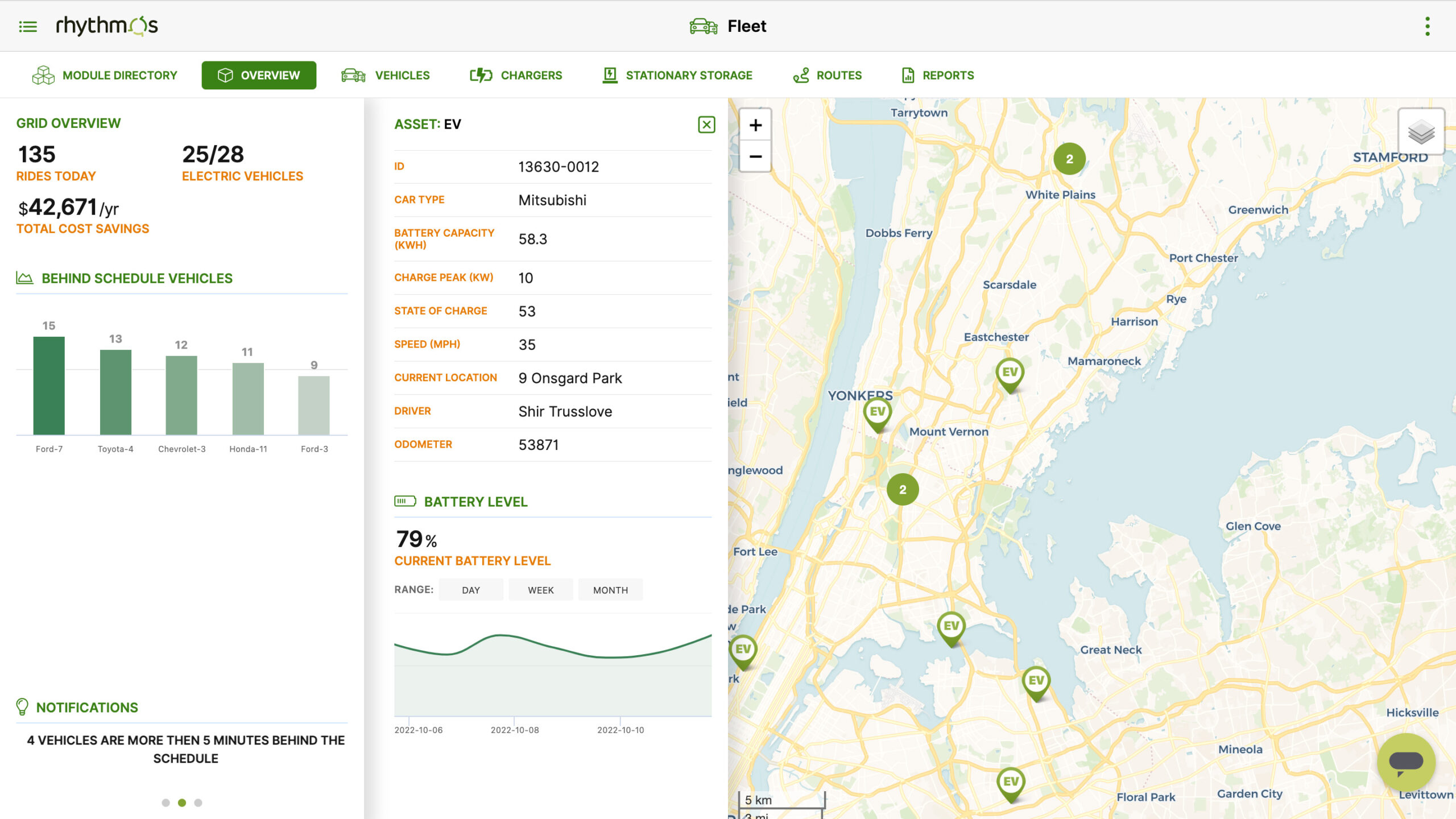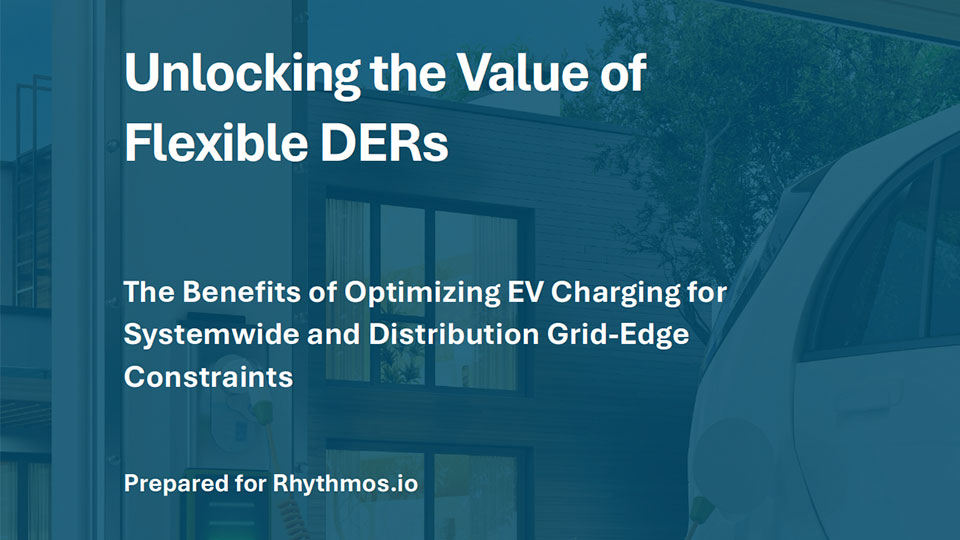Fleet Application
Analyze daily requirements, identify operational flexibility, and coordinate charging needs against utility and market conditions. Really.
And while you’re at it, save money while maintaining customer satisfaction.

Projected number of Electric Vehicles on U.S. roads by 2030
%
Annual growth rate of EVs from 2023 to 2028
%
Total lifecycle emissions reduction transitioning from gasoline to EVs
Electrifying the world’s vehicle fleet will account for 15-21% of global electricity demand in 2050. So, is that good news or bad news?
Fortunately, according to Bloomberg NEF, the global clean electricity supply is forecast to outpace electricity demand even when aggressive EV adoption is assumed.
Which isn’t just good news for the almost 20 million passenger EVs, 1.3 million commercial EVs (including buses, delivery vans, and trucks), and over 280 million electric mopeds, scooters, motorcycles, and three-wheelers on the road today, but for what’s coming tomorrow.
The bottom line: it will be both technically and economically feasible for all new car and truck sales to be electric by 2025 — but there are issues to be addressed in order for that to happen. Which brings us back to what we can do for you.

You want predictability, flexibility, and smart energy management. We deliver.
How? By enabling fast, reliable, and cost-efficient EV adoption. By employing staff with a deep understanding of how to use smart energy management to improve capacity, assess vulnerability, and achieve demand flexibility and predictability. And by executing a modern analytics platform to extend existing enterprise applications that is significantly easier and less expensive to integrate than large scale distributed energy resource management systems (DERMS).
Our platform not only helps accelerate EV adoption by making charge management and energy data transparent but by delivering effective planning and management tools that fleet managers can use to control costs.
Rhythmos.io® Modern Analytics Key Benefits:
- Get a holistic understanding of all electrical use.
- Proactively manage all constrained assets
- Defer infrastructure investment
- Optimize energy costs
Capitalize on our experience
Access the latest news, thought leadership, and resources from our team.


